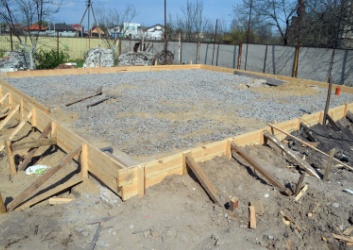
Critical Scaffold Safety Tips to Avoid Disaster
As a construction professional, your responsibilities involve managing complex projects,

In the dynamic and ever-evolving landscape of construction, safety remains a paramount concern. Scaffold structures, integral to many construction projects, demand meticulous training to ensure the well-being of workers at elevated heights. Embracing technological advancements, Virtual Reality Training in Scaffolding and augmented reality has emerged as a transformative tool in scaffold safety training, offering immersive and realistic scaffolding simulator that enhance learning outcomes and reduce on-site risks. In this article we will discover virtual reality training in scaffolding safety.

Construction sites, with their diverse and often challenging environments, require workers to navigate scaffold structures safely. The Occupational Safety and Health Administration (OSHA) in the United States mandates rigorous safety protocols, including scaffold training, to mitigate the risks associated with working at heights. Traditional training methods, while effective, may fall short in providing a truly immersive and risk-free learning experience.
In the past recent years ago, a VR headset cost around few thousand dollars per headset. In todays digital era a VR headset costs around $250, making more accessible to scaffold company owners . A company could utilize four headsets for scaffold training all their employees for around $1,000. Easier and Cost effective way to train your workers.
Virtual Reality training presents a game-changing approach to scaffold safety education. By immersing trainees in realistic and interactive virtual environments, VR enables them to engage with scaffold structures, identify potential hazards, and practice safety procedures all within a controlled and safe virtual reality simulation scaffold training.
While Virtual Reality offers tremendous benefits, challenges exist, including the initial cost of VR hardware and software implementation. However, as technology advances and becomes more accessible, the long-term return on investment in terms of enhanced safety, reduced incidents, and improved efficiency outweighs the initial expenses.
Virtual Reality training has ushered in a new era of scaffold safety education, providing an immersive, realistic, and cost-effective solution. As the construction industry continues to prioritize worker safety, embracing innovative technologies like VR becomes essential. Scaffold safety training through Virtual Reality not only equips workers with vital skills but also transforms the learning experience into a dynamic and engaging journey, ultimately fostering a safer and more proficient workforce in the United States and beyond.
See relatable post regarding critical scaffolding tips.
VR scaffold simulations strive for high realism, providing detailed environments and accurate physics. Trainees can experience scaffold structures, tools, and potential hazards in a lifelike setting.
While VR training is a powerful supplement, it may not entirely replace hands-on experience and real-world training. A combination of traditional and VR methods ensures a comprehensive learning approach.
No, VR scaffold safety training is designed to be user-friendly, requiring minimal prior experience with VR technology. Training sessions are typically guided and tailored to accommodate various skill levels.
VR training modules are designed in accordance with OSHA scaffold safety regulations. The simulations emphasize compliance with standards, ensuring that trainees are well-prepared for real-world construction scenarios.

As a construction professional, your responsibilities involve managing complex projects,

As a construction professional, you are always looking for innovative

After spending many years helping people in all areas of

DSS (Direct Scaffold Supply) has launched a new website designed